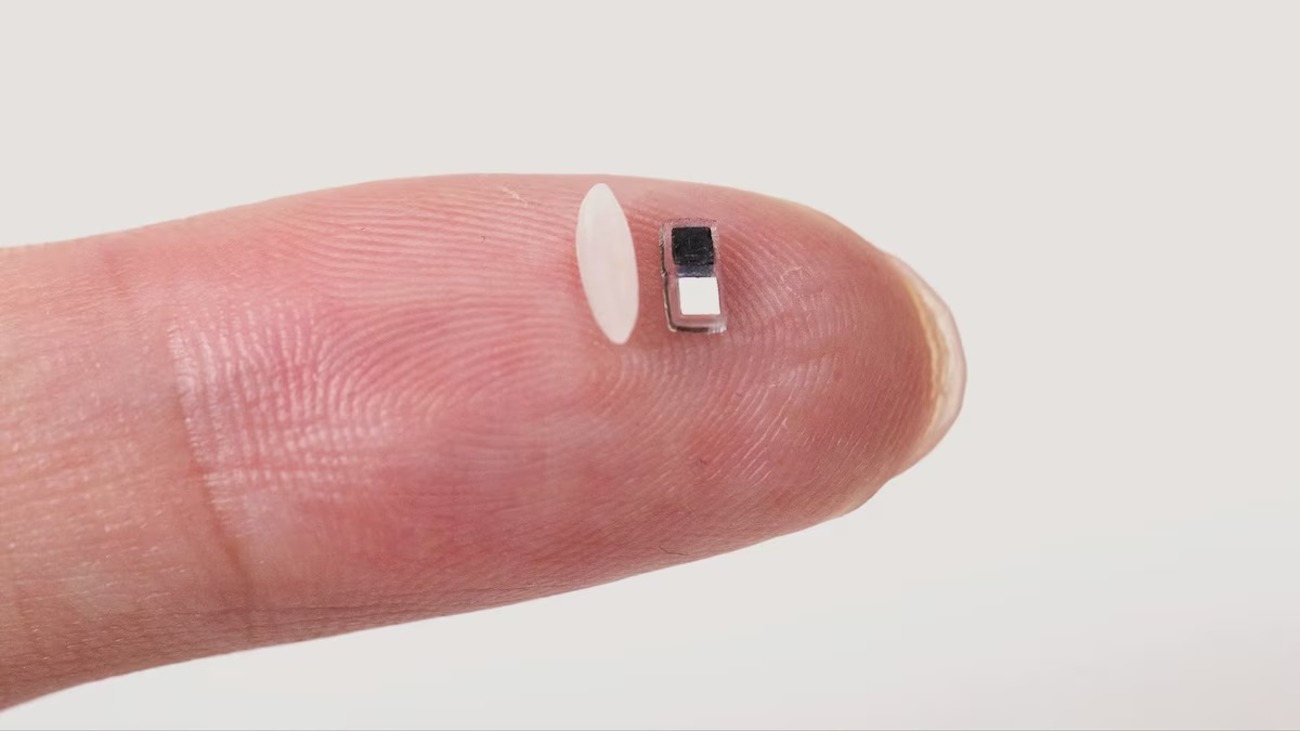
The World’s Smallest Pacemaker for Babies
The world’s smallest pacemaker, measuring just 1.8 mm wide and 3.5 mm long, can be implanted via injection and safely dissolve inside the baby’s body.
A Beat of Hope: How the World’s Smallest Pacemaker for Babies Works
Imagine a pacemaker smaller than a grain of rice, able to beat in sync with a baby's heart without major surgery and activated by light. This device, which sounds like something out of science fiction, is already an experimental reality. Developed by engineers in the United States, it could revolutionize the way arrhythmias are treated in newborns and infants.
The mini pacemaker has been specifically designed as a temporary solution for babies who, due to their age or condition, are not ideal candidates for conventional devices. Its innovation lies not only in its microscopic size but also in its groundbreaking operation. Unlike traditional pacemakers that require batteries and wires, this device is powered and activated through pulses of infrared light. This eliminates the need for bulky internal batteries and invasive wiring, which are especially risky in such delicate patients.
Designed for temporary use, the device supports the baby's heart through critical early months until it strengthens or becomes eligible for a conventional pacemaker, if necessary. Its implantation is performed through a minimally invasive injection, drastically reducing the risks associated with open-heart surgeries—especially in neonates.
Initial preclinical trials have shown promising results. According to its developers, the experimental pacemaker not only effectively maintains a stable heartbeat, but it can also be safely removed once the critical stage has passed. This marks a significant advancement over current limitations, where pediatric pacemakers are often adaptations of devices originally designed for adults.
In real clinical settings, a device like this could reduce mortality and complications in babies suffering from congenital heart block or other severe arrhythmias. Moreover, it opens a new field of research focused on battery-free implants—a rapidly advancing area in modern medicine.
Although still in the experimental stage, this tiny pacemaker represents a huge leap forward, offering a less invasive, safer, and more adaptable alternative for the smallest and most vulnerable patients: newborns.











LEAVE A COMMENT: